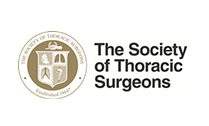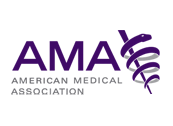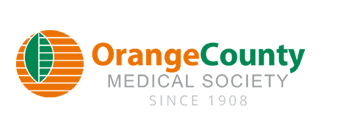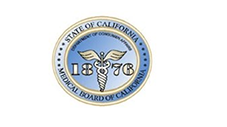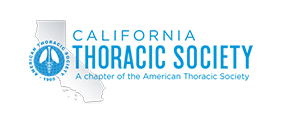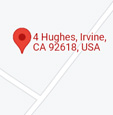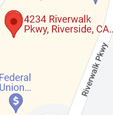Nissen Repair
Gastroesphageal Reflux Disease (GERD) is a condition of acid in the stomach refluxing upwards into the esophagus to cause symptoms of heartburn. Chronic acid exposure can cause changes in the esophagus that over time can lead to precancerous conditions (Barrett's esophagus) and eventually esophageal cancer. GERD occurs because of failure of the antireflux barrier. Treatment starts with lifestyle modification, then medical therapy with H2 blockers and proton pump inhibitors, and if necessary, surgical repair with a Nissen repair.
Nissen fundoplication traditionally involved an open large abdominal incision, but is now done minimally invasively using the laparoscopic approach. Laparoscopic Nissen repair for GERD involves 5 small incisions, use of a videoscope, and insufflations of CO2 gas. The repair involves reducing the distal esophagus back into the abdomen, tightening the diaphragmatic crura or muscles, and performing a 360 degree wrap of the stomach around the distal esophagus to prevent acid reflux. Most patients after surgery have no or minimal symptoms of reflux. They are discharged home in 1-2 days, and return to full activity several weeks after surgery.











